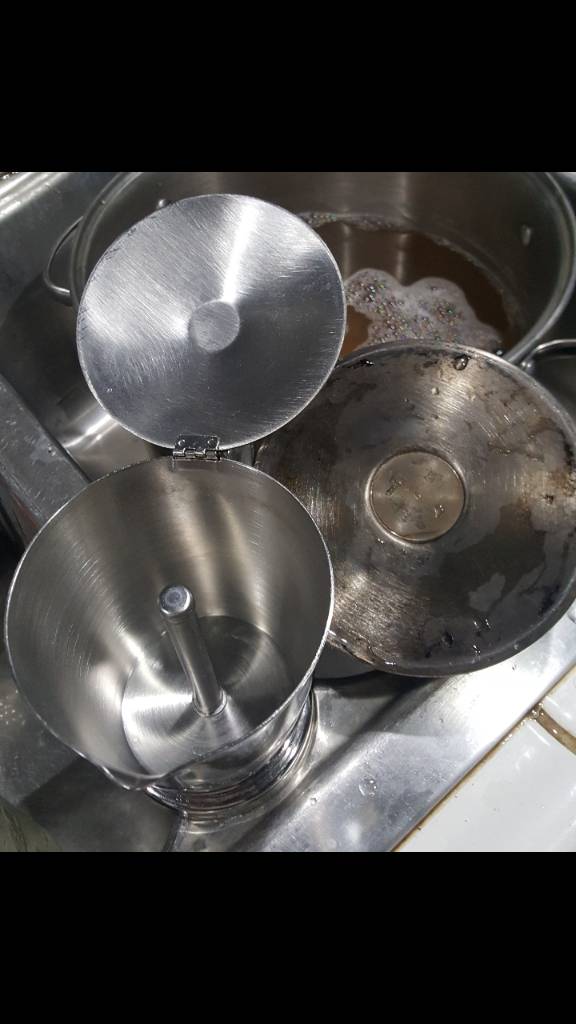From that MSDS it looks they use about half carbonate and half percarbonate, or a percarbonate source that's already mixed down with carbonate. That's news to me, as I'm sure I've seen specs that list just percarbonate (no carbonate) as one of the 3 main ingredients, the other 2 being metasilicate and chelators (e.g., EDTA)
When the percarbonate gets dissolved in water the peroxide splits off and creates O2, in a similar way as Hydrogen Peroxide releases O2. The carbonate (common washing soda) is left over.
See this wiki.
If your source has a 40/60- to 70/30-some mixture of percarbonate/carbonate (or better) for the right price, compared to pure percarbonate, use it. Don't overthink it, they're just cleaners, precise dosage is not
that important.
I feel the whole O2 action is much overrated, most home brewery equipment cleaning can be done with a carbonate/metasilicate mixture and a few hours soak, some heat, and/or the magic of a brush. That metasilicate component is a very good cleaner!
For that reason, I save my still clean PBW solutions and reuse them until they get grimey. The O2 has long gone by then.
















![Craft A Brew - Safale S-04 Dry Yeast - Fermentis - English Ale Dry Yeast - For English and American Ales and Hard Apple Ciders - Ingredients for Home Brewing - Beer Making Supplies - [1 Pack]](https://m.media-amazon.com/images/I/41fVGNh6JfL._SL500_.jpg)










































